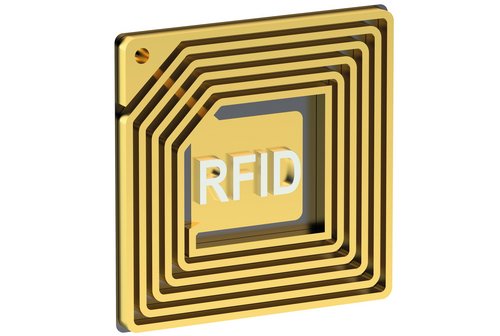Intelligent and active packagings: Environmentally related balancing and dialog with stakeholders
As a response to rising product safety and quality requirements, in recent years diverse research and development activities have taken place regarding active and intelligent packagings. Challenges can occur in the sorting and recycling of active/intelligent packagings, especially with multi-layers, additives, blends, packaging inserts/enclosures and RFID tags. Apart from negative effects on the recyclability of active and intelligent packagings themselves, with a significant increase in complex designed packagings, the recycling yields as well as the quality of the recyclates of existing material flows could also be impaired. For example, the use of barrier materials such as polyamide in colourless PET bottles already causes problems with recycling. Such bottles, even as small fractions of the total flow of clear PET bottles, can worsen the quality of the recycling product generated, e.g. through yellow colouring, to such an extent that it can no longer be reused to produce clear bottles.
Together with the stakeholders involved in the life of packaging, central reference points and possible actions for ensuring high-quality recovery of packaging waste were worked up in the following areas:
- Formation of awareness throughout the packaging's entire life and communication of needs and demands
- Consideration of recyclability design principles within the scope of the packaging development
- Performing tests to evaluate the recyclability and effects on the secondary products
- Work to convince trade and consumers of the need or advantages of improved recyclability of packagings
- Consideration of recyclability in the calculation of the contribution charges for the dual systems within the scope of § 21 of the planned packaging law (VerpackG)
Dialogue between the value adding chain stakeholders is essential to encourage recycling-compatible design of packagings. Several platforms, some closed, and offers already exist for exchange of information and ideas. Nonetheless, broadly speaking there is a need for further information on the requirements for recycling-friendly packaging design among developers, fillers and trade.
§21 of the draft VerpackG, which provides for setting the licence charges for sales packaging depending on their recyclability, is considered by most stakeholders to be the potentially strongest control effect. However, the specific, operative wording of these paragraphs, e.g. regarding the criteria for recyclability or the underlying financing models, is judged to be challenging.
![[Translate to Englisch:] Placeholder](/fileadmin/_processed_/e/b/csm_Header_Projekte_603d83e502.jpg)
